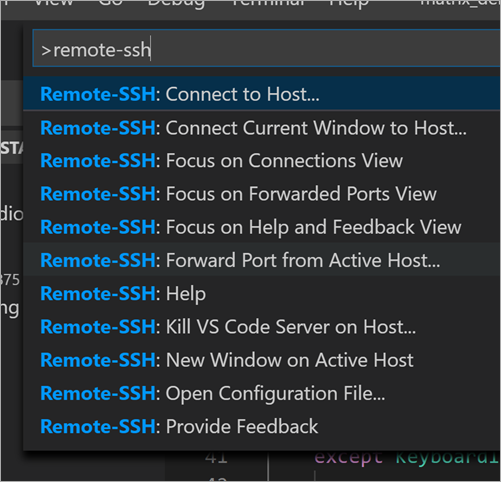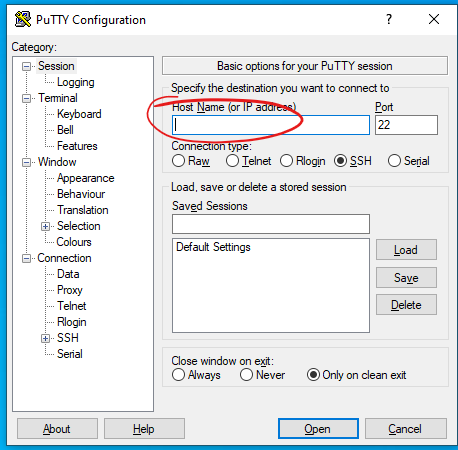

- Ssh copy id to remote how to#
- Ssh copy id to remote manual#
- Ssh copy id to remote password#
- Ssh copy id to remote Pc#
- Ssh copy id to remote mac#
ssh/authorized_keys using your preferred editor.Ĭopy and paste your id_rsa.pub file into the file. (umask 077 & touch ~/.ssh/authorized_keys) ssh/authorized_keys file so it contains your public key.įirst, run the following commands to make create the file with If you don't have the ssh-copy-id command (for example, if youĪre using Windows), you can instead SSH in to your server and manually create the
Ssh copy id to remote manual#
ssh-copy-id Method 2: Manual Configuration To copy your public key to your server, run the following command.īe sure to replace "x.x.x.x" with your server's IP addressĪnd SYSUSER with the name of the the system user your app belongs to. Now that you have an SSH key pair, you're ready to configure yourĪpp's system user so you can SSH or SFTP in using +-+ Configure an SSH/SFTP User for Your Key Method 1: Using ssh-copy-id You'll also be shown a fingerprint and "visual fingerprint" of Your public key has been saved in /Users/yourname/.ssh/id_rsa.pub.

Your identification has been saved in /Users/yourname/.ssh/id_rsa. The one named id_rsa.pub is your public key. The one named id_rsa is your private key. Enter passphrase (empty for no passphrase):Īfter you choose a password, your public and private keys will be
Ssh copy id to remote password#
It's a good idea to use a password on your private key. Using a password means a password will be required to use the Next, you'll be asked to choose a password. Enter file in which to save the key (/Users/yourname/.ssh/id_rsa): Press Enter to choose the default location. The default location is good unless you already have a key. You'll be prompted to choose the location to store the keys. It will look like this when you run it: laptop1:~ yourname$ ssh-keygen To generate an SSH key pair, run the command ssh-keygen. Private key from the server after you've generated it. Just remember to copy your keys to your laptop and delete your If you're using Windows, you can generate the keys on your server.
Ssh copy id to remote mac#
You should generate your key pair on your laptop, not on your server.Īll Mac and Linux systems include a command called ssh-keygen The SSH server and client programs take care of this for you. You don't have to do the math or implement the key exchange yourself.
Ssh copy id to remote how to#
tee -a ~/.← ServerPilot Docs How to Use SSH Public Key Authentication Overview.chmod 700 ~/.ssh: set the right permissions to the new dir: see Permissions on private key in.ssh dir in the home-directory of the svruser bash -c '.' executes the text inside of the single quotes in a bash hell.sudo -u svruser: execute the following command as user svruser.ssh connect via ssh as user root to my host.

Ssh copy id to remote Pc#
execute this on my local PC in a terminal where ssh is installed (e.g."sudo -u svruser bash -c 'mkdir -p ~/.ssh chmod 700 ~/.ssh tee -a ~/.ssh/authorized_keys'" This command worked for me: cat LOCAL/PATH/my-ssh.pub | ssh \ upload the public ssh key, that is stored on my local PC to the remote server and append it to the authorized_keys file I want to allow the svruser to login via ssh-key: i.e.the user svruser already exists on the server and has passwordless sudo rights.the root user can already login via ssh (password or ssh-key).


 0 kommentar(er)
0 kommentar(er)
